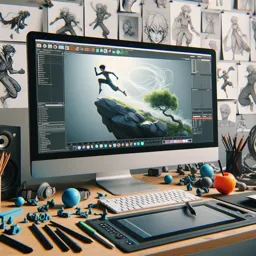Understanding 3D Video Animations
3D video animations have revolutionized the way we perceive visual storytelling. By adding depth to traditional animations, 3D techniques create lifelike visuals that captivate audiences and convey stories in a dynamic way.
The Process Behind 3D Animation
The creation of 3D animations involves several stages: modeling, texturing, rigging, animation, and rendering. Each stage requires a different set of skills and software tools, making the process both complex and collaborative.
1. Modeling
Modeling is the creation of the 3D characters and environments. It starts with basic shapes called meshes, which are then refined into detailed models using software like Blender or Maya.
2. Texturing
In texturing, colors, patterns, and textures are applied to the 3D models. This gives them a more realistic appearance, turning basic forms into believable objects.
3. Rigging
Rigging involves building a skeleton for the 3D model, allowing it to move. Once the skeleton is set up, animators can manipulate the character like a puppet.
4. Animation
Animation is where the magic happens. Here, animators bring the models to life by creating movements and sequences that align with the story. The process is meticulous and requires both artistic and technical skills.
5. Rendering
Rendering is the final step where the 3D scene is converted into a 2D image or video. This process involves taking all the information about lighting, shading, and textures and turning it into the final output.
The Impact of 3D Animation
From movies and video games to virtual reality and online education, 3D animations are widely used across various industries. They not only enhance the storytelling process but also improve engagement and retention in educational content.
As technology advances, 3D animation continues to evolve, offering new possibilities for creators and audiences alike.

















